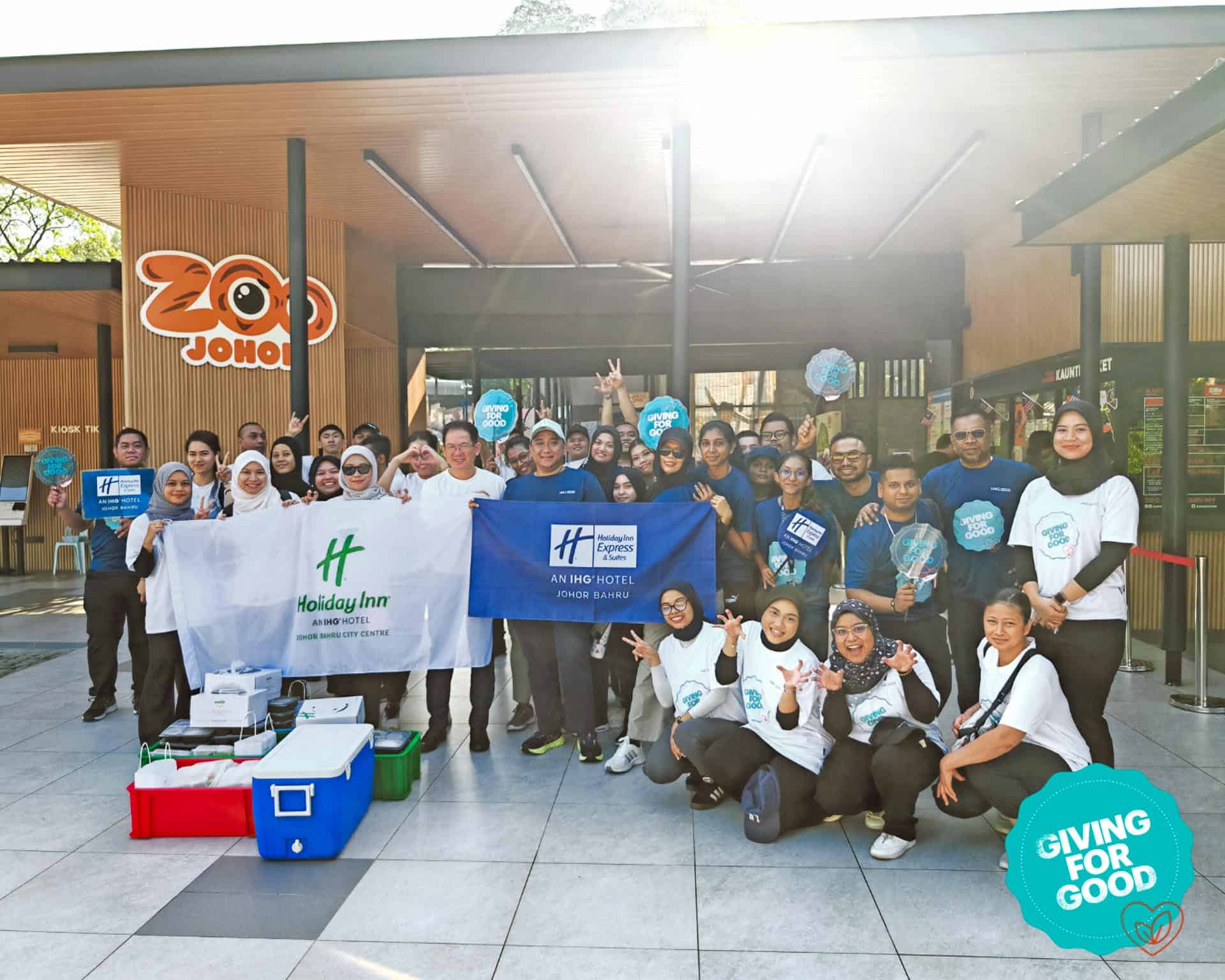
N95 respirator blocks out at least 95% of airborne particles.
The haze is back and that doesn’t spell good news for us. According to the Department of Environment’s (DOE) website, the Air Pollutant Index readings (API) for Johan Setia, Selangor at 3pm on Tuesday, September 17 was at a ‘very unhealthy’ level of 233. Elsewhere in Kuala Lumpur, air quality remained in the ‘unhealthy’ range, with the worst being in Batu Muda (157), Cheras (148) and Putrajaya (182). Despite these unhealthy levels, there is still a lack of urgency for precaution which prevails within members of the public.
Haze periods should not be taken lightly as it can be fatal. World Health Organisation (WHO) estimates that around 7 million people die every year from exposure to fine particles in polluted air that penetrate deep into the lungs and cardiovascular system.1 As such, it is important for Malaysians to understand the appropriate precautionary measures to take into consideration against haze.
It is firstly important to note that haze is a situation where there is pollution in the air caused by suspended particulate matter (PM), which is the term for particles that are found in the air, including dust, dirt, soot, smoke and liquid droplets. Particles can be suspended in the air for long periods, and the size of particles affects their potential to cause health effects.
PM10 refers to particles less than 10 micrometers in diameter which poses health concerns because it can be inhaled and accumulated in the respiratory system. Meanwhile, PM2.5 are particles that are less than 2.5 micrometers in diameter which are referred to tiny particles or liquid droplets in the air composed of very small bits of ash, wood tars, soot and other substances generated from burning. It is also referred to as “fine” particles and are believed to pose the greatest health risks from air pollution.
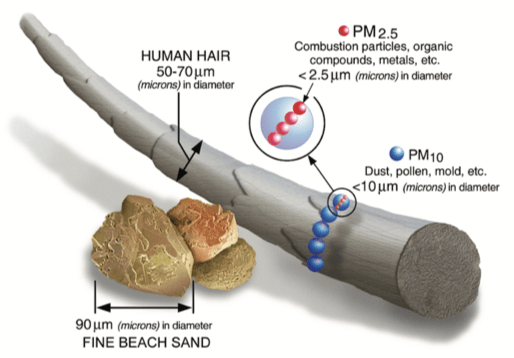
PM2.5 can irritate both the eye and respiratory tract, while exposure to high concentrations of PM2.5 can cause persistent cough, phlegm, wheezing and breathing difficulty. Besides that, PM2.5 can damage lung tissue and worsen medical conditions such as asthma and heart disease. It was found that long-term exposure to PM2.5 may be associated with increased rates of chronic bronchitis, reduced lung function and increased mortality from lung cancer and heart disease.
N95 respirators as the most appropriate protection against haze

The use of a respirator plays a significant role as it serves to be a protective device worn to reduce the wearer’s risk of inhaling hazardous airborne particles.
N95 respirators have been tested and certified by the National Institute for Occupational Safety and Health (NIOSH) USA to be at least 95% efficient when tested against very fine particles that are the most difficult to filter – approximately 0.3 microns.
The N95 respirators as advised by the Ministry of Health (MOH), should be used when the Air Pollutant Index (API) reading reaches 101 and above, which is unhealthy. When the API reaches 201 and above, it is considered as very unhealthy, avoid being outdoors and ensure that we are constantly equipped with an N95 respirator.2
The difference of an N95 respirator from a medical, surgical, or patient care mask
The primary design purpose of a medical, surgical, or patient care mask is to filter or redirect particles expelled by the wearer, or in simpler terms, to prevent larger particles from being expelled by the wearer into the environment. These masks are also not necessarily designed to provide a good seal to the face with most of them open on the sides, therefore allowing air leakage around the edges.
The primary design purpose of a respirator on the other hand, is to reduce the exposure of the wearer to airborne hazards. A NIOSH-approved respirator can also be designed to have the characteristics of both a surgical mask and an approved respirator. In addition, respirators are designed to fit tightly to the face and create a seal between the face and the respirator.
Different
types of N95 masks




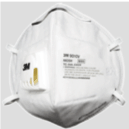
N95 respirators: wear it right
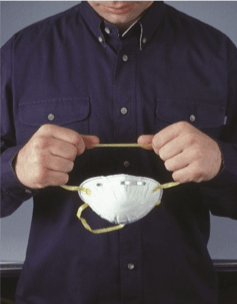
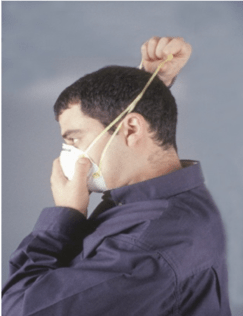
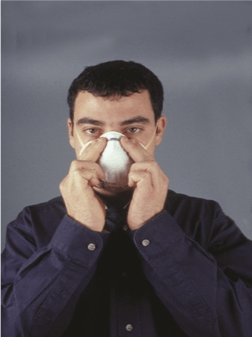
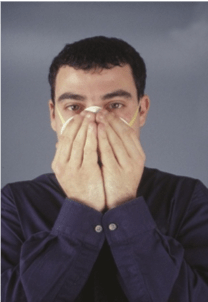
Positive pressure checking – cover the mask lightly with both hands. Exhale sharply. Air should not leak out from the side of the mask.
Negative pressure checking – cover the mask lightly with both hands. Breathe in sharply. The mask should depress slightly inward.
It is important to note that N95 respirators will only work when fitted properly. People with chronic respiratory, cardiac or other medical conditions should also seek the advice of their healthcare provider before using an N95 respirator as it may require more effort to breathe.
3M N95 masks are available at outlets such as Homepro, BIG Supermarket, Village Grocer, Homefix, Tesco, Guardian, Caring Pharmacy and hardware stores. Alternatively, consumers can also call us directly at 3M Malaysia for our distributor contacts or purchase the N95 masks online at Lmall or at Lazada 3M Safety Flagship Store:
The price range for N95 products is set at about RM2.20-RM10 per piece depending on the models, whether it comes with an exhalation valve for comfort, foldability, etc. For more information about availability, proper respirator selection or use, please visit https://www.3m.com.my/3M/en_MY/worker-health-safety-my/ or call 3M Malaysia at 03-7884 2990.